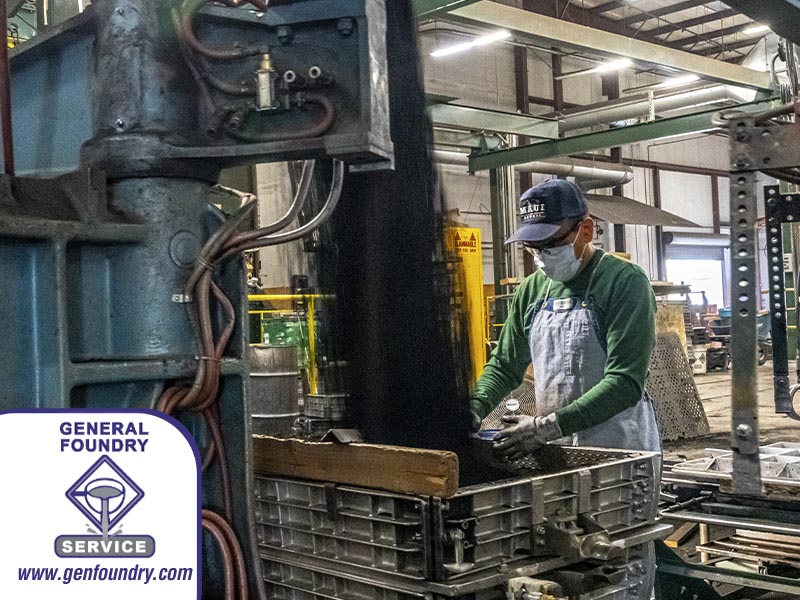
Sand casting has been a cornerstone of metalworking for centuries, providing a versatile and cost-effective way to produce complex metal components. However, the rules that govern this process have undergone a seismic shift in recent decades. What was once an art guided by manual craftsmanship and trial and error has transformed into a science driven by precision engineering, advanced materials, and cutting-edge technology. Understanding the evolution from traditional methods to modern practices is essential—not only to harness the full potential of today’s capabilities but also to avoid the inefficiencies and limitations of outdated approaches.
Modern sand casting processes are engineered for precision, efficiency, and repeatability, leveraging cutting-edge technology and advanced materials. Engineers now rely on computer-aided design (CAD) and simulation software to model mold geometries, predict metal flow, and analyze cooling rates. These tools minimize defects such as shrinkage, porosity, or incomplete fills by enabling virtual testing before production. Binder systems have also evolved, with synthetic and chemical binders offering superior strength, reduced gas emissions, and easier reclamation of sand for reuse. The development of specialized alloys with tight compositional tolerances ensures consistent mechanical properties and optimized performance for specific applications. Additive manufacturing (3D printing) has also helped expand the creation of complex mold and core geometries that were once unachievable, enabling engineers to push the boundaries of part design. These advancements reduce lead times, improve accuracy, and lower overall production costs.
Modern practices also prioritize sustainability, integrating efficient sand reclamation systems and environmentally friendly binder formulations to reduce waste and emissions. Engineers can now confidently design intricate castings with minimal environmental impact, meeting regulatory requirements while achieving performance goals.
In contrast, traditional sand casting methods relied heavily on manual labor and empirical knowledge, often leading to inconsistencies in quality and performance. Engineers worked with wooden patterns that limited geometric complexity and dimensional accuracy. Mold production was largely trial-and-error, resulting in higher scrap rates and inefficient material usage. Binder systems primarily consisted of natural clay and water, which provided limited durability and increased the risk of defects such as cracking or erosion during the casting process. Alloy compositions were less controlled, leading to significant variability in material properties, which could impact performance and reliability.
Environmental considerations were also minimal. Sand was often discarded after use, and emissions from organic binders were largely unregulated. This lack of sustainability created inefficiencies and raised environmental concerns in modern contexts.
The transition from traditional to modern sand casting has been transformative. The integration of simulation software, precise alloy design, and advanced manufacturing techniques has elevated the process from an art to a science. While the older methods laid the groundwork, modern advancements offer engineers tools to design and produce castings with unprecedented complexity, accuracy, and environmental responsibility. Understanding these distinctions allows engineers to make informed decisions about material selection, process optimization, and project sustainability.
How can General Foundry Service help you?
With nearly 80 years of casting experience in various critical industries, General Foundry provides you with “get it right the first time” quality and a genuinely customer-focused approach to each project. We offer best-in-class turnkey solutions with multiple processes and alloy options to meet your component casting needs. Contact us today for more information or to get started on your next project.

